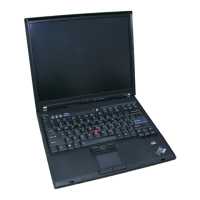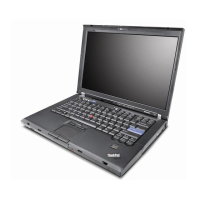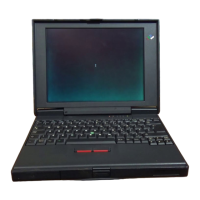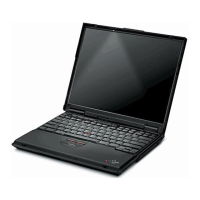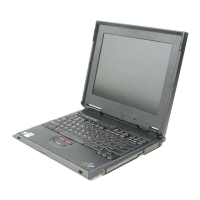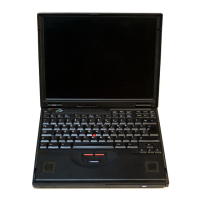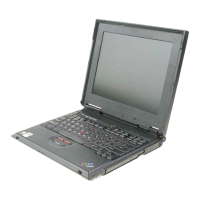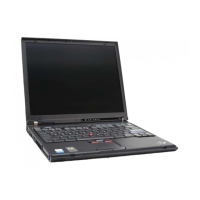Intermittent Failures Troubleshooting
Guide
This guide is a summary
of
the 5100 diagnostics and a
guide
for
troubleshooting intermittent failures.
5100
DIAGNOSTIC
SUMMARY
The 5100 diagnostics start testing a small area
of
the
machine and gradually expand
to
test the complete
system.
Each
diagnostic tests a specific area and
overlap each other. For example, the
ROS
diagnostic
tests
ROS
but, because
ROS
contains the printer
microinstructions, some printer operations are indirectly
tested. Normally the tests should
be
run
in
the
sequence shown on the
Diagnostic Summary Chart.
However,
in
the case
of
intermittent failures, this
sequence can be altered depending on:
- The information you have concerning the failure.
Whether or not this
is
the first call.
-
How
frequently the failure occurs.
There are three categories
of
diagnostics:
• Exercisers
• Failure isolation
• Utilities'
Exercisers
The diagnostics that fall into the exerciser category are
the bring up and
ROS
resident programs. These
programs exercise the machine and halt when failures
occur.
Now
you
can
use the MAPs
to
locate the failure
or,
if
the failure is intermittent, use the Diagnostic
Summary Chart
on the facing page
to
assist you
in
isolating
to
the failing
FRU.
Failure
Isolation
The tape resident diagnostics provide failure isolation.
These diagnostics are integrated into the MAPs and are
called MDls. The
MDls
locate failing
FRUs
associated
with the printer, the internal tape unit, the 5106 Auxiliary
Tape Unit, and Communications/Serial
I/O
features.
3-74
Utilities
Utilities are contained
in
the
ROS
resident diagnostics.
They are used
to
display and alter
read/write
storage,
to
branch,
to
copy tape
to
read/write
storage, and
to
copy
read/write
storage
to
tape. These diagnostics are not
covered in this guide; refer
to
ROS
Resident Programs
and
Tests in this section.
DIAGNOSTIC
SUMMARY
CHART
The Diagnostic Summary Chart shows the diagnostics,
the areas tested, the operating instructions, and the
normal sequence
of
use. The chart does not show all
of
the diagnostic capabilities, just those primarily used
for
failure isolation. When reviewing the chart, note how
the diagnostics use the
building block concept. That is,
they begin by testing the basic machine functions and
then proceed until they have tested the most
sophisticated functions.
The bring up diagnostic does not loop automatically;
therefore, four
of
its tests are repeated
as
ROS
resident
diagnostics
CMD
2,
3,
4,
and
5.
Looping on a
MOl
allows repetitive testing
of
a
complete device. Failures during looping cause a branch
to
a subsection
of
the M
DI
that checks a smaller
area
of
the device. You
can
loop on subsections
of
the
MOl
to
further isolate the failure. However, it is important
to
start with one
of
the displayed
OCP2
options because
these tests are sequence sensitive.
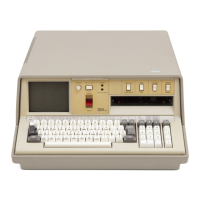
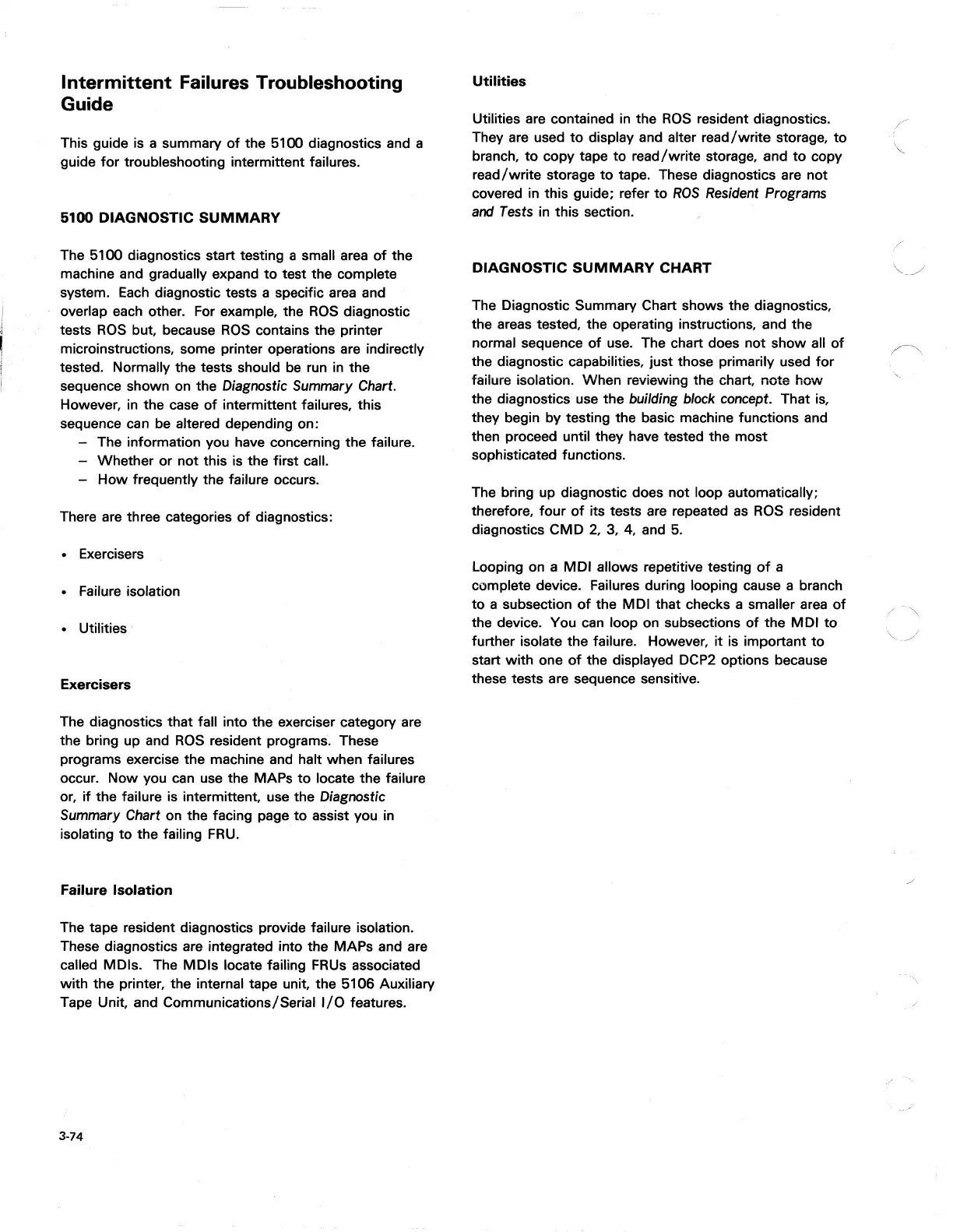